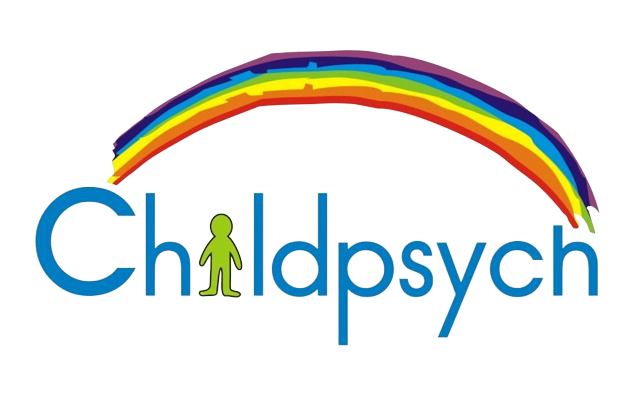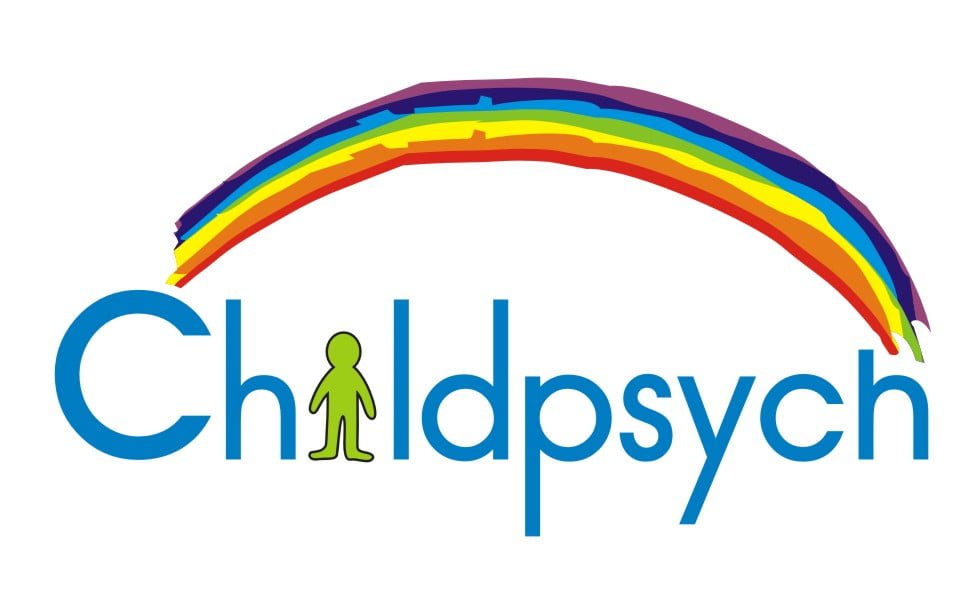Early Motor Control and Motor Development
Motor development and control is the most important accomplishment of early life, and therefore the greatest percentage of brain activity at this age is organized for reaching, grasping, turning, lifting, lugging oneself upward first onto the knees, and then finally getting ready to take those first lumbering uncertain steps.
Movement patterns already start in the womb. In the first movement pattern, the fetus flexes the head backward and turns it to one side. This is accompanied by rotation of the trunk and the rest of the body to the same side. In the second movement pattern, leg movement s occur. Almost as if the fetus were peddling a stationary bike. Resulting in a somersault as the legs contact the uterine wall, press against it and generate an active retropulsive, rotary movement. Both of these patterns serve the purpose of stimulating brain development – especially those structures having to do with balance, coordination and coping with the forces of gravity. The movements also stimulate circulation in the fetal skin and prevent the fetus from adhering to the uterine wall. Early development specialist suspect it is likely that the stepping movements of the newborn are remnants of the propulsive intrauterine movements rather than failed attempts at early walking.



